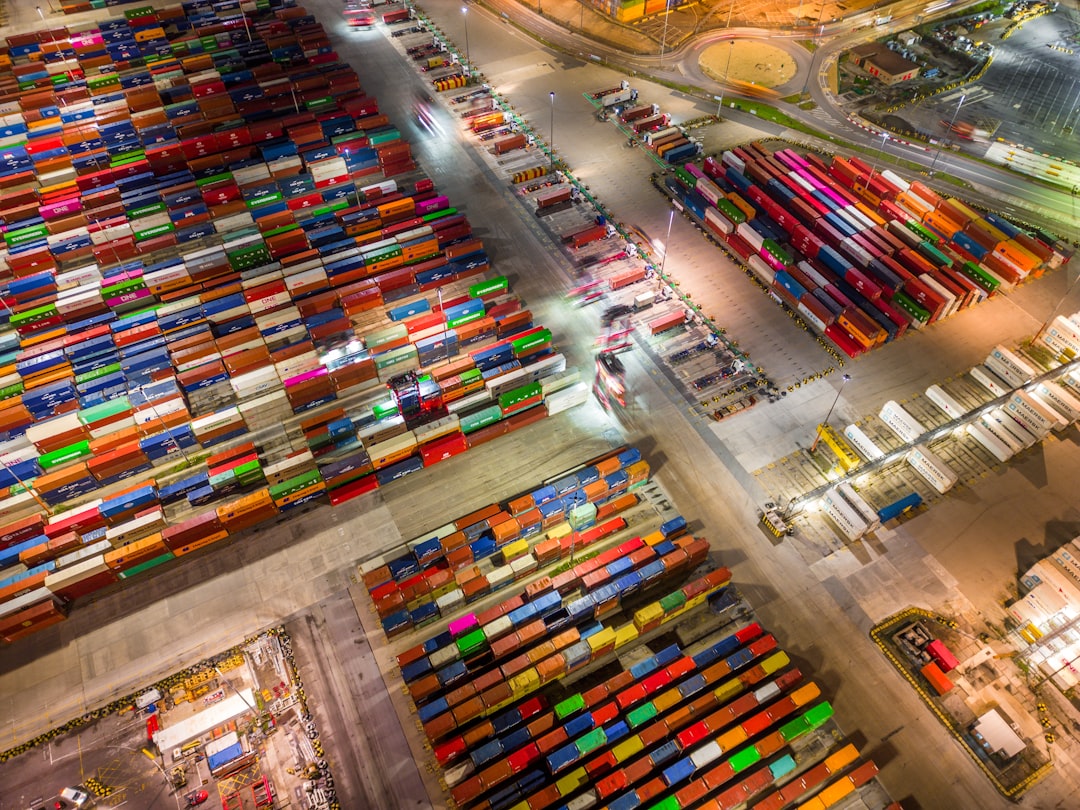In the rapidly evolving world of artificial intelligence, hardware performance is crucial to pushing the boundaries of what’s possible. As tech companies race to produce faster, smarter, and more energy-efficient processors, one unsung hero in this development wave is experiencing an unexpected bottleneck: the bismaleimide-triazine (BT) substrate. While historically used in memory modules and other electronics, BT substrates are now at the heart of chip packaging for high-performance AI chips — and demand is soaring.
What Are BT Substrates?
BT substrates are a type of plastic resin composed of bismaleimide and triazine compounds. They serve as insulating layers in semiconductor packaging, offering a dependable platform onto which integrated circuits (ICs) are mounted. Known for their superior thermal stability, excellent electrical properties, and reliable mechanical strength, BT substrates have long been the material of choice for applications where performance and durability are essential.
Originally developed for use in printed circuit boards and DRAM modules, BT substrate technology found a niche in high-reliability electronics. However, the AI revolution is taking this formerly niche material into the spotlight.
Why AI Chips Need BT Substrates
Artificial intelligence chips, such as GPUs, TPUs, and ASICs, demand packaging technologies that can withstand intense workloads and high heat output. BT substrates are ideal because they offer:
- High heat resistance: AI chips often operate under extreme thermal conditions, and BT substrates can endure temperatures up to 250°C without losing integrity.
- Electrical insulation: Minimizing electrical interference is crucial when billions of transistors are operating in close quarters.
- Dimensional stability: They maintain structural precision even as chips scale down in size but rise in complexity.
These characteristics make BT substrates indispensable in the multi-die packaging trend driving modern AI chip production—especially technologies like 2.5D and 3D chip stacking where substrates become not just a base, but a performance-enabling layer.
The Supply Crunch: What’s Behind It?
As AI data centers expand and consumer demand for intelligent devices grows, BT substrates have moved from a modest spot in the supply chain to a central pressure point. The causes behind the current shortages are multifaceted:
1. Surging Demand for AI Hardware
Companies like NVIDIA, Google, and AMD are building ever-more sophisticated AI accelerators. Each chip requires advanced packaging techniques using high-grade substrate materials like BT. The demand spike is unprecedented, with data center chip shipments more than doubling in some quarters.
2. Limited Manufacturing Capacity
BT substrates are manufactured primarily by a small number of companies, including global leaders like Mitsubishi Gas Chemical and Shinko Electric. These firms have robust experience in BT resin chemistry, but ramping up production is far from simple. The process involves specialized raw materials, clean rooms, and chemical synthesis that can’t be scaled overnight.
3. Competition with Legacy Applications
Even as AI chipmakers clamor for BT substrates, traditional applications like DRAM and low-to-mid-tier package modules haven’t gone away. This creates a push-pull on how existing capacity should be allocated — a further inhibitor to smooth supply expansion.
4. Geopolitical and Logistic Disruptions
Like many other components in the semiconductor ecosystem, BT substrates experienced delays due to COVID-19 and its ripple effects through global logistics. Ongoing tensions in trade and technology between regions like the U.S., China, and Taiwan have also injected uncertainty into supply chains.

The Role of Substrate Packaging in AI Chip Evolution
The significance of substrates in AI chip performance cannot be overstated. We’re now well into the domain of chiplet architecture, where multiple chiplets are combined into a single package using advanced substrates. This packaging trend demands:
- Ultra-fine wiring tolerance to allow effective communication between chiplets
- Thermal dissipation channels to handle increased heat concentrations
- Electrical performance consistency for bandwidth-intensive AI workloads
BT substrates hit the sweet spot in all these parameters, making them indispensable to the latest multi-chip module (MCM) designs. Furthermore, as chip layouts evolve past monolithic dies into horizontally and vertically stacked arrangements, substrates do much more than support chips—they route, protect, and enable them.
BT Alternatives: Are There Any?
Recognizing the strain on BT substrate supply, research is intensifying into alternative materials, such as:
- Ajinomoto Build-up Film (ABF): Already used widely in high-end CPUs and FPGAs, ABF is a solid competitor but comes at a much higher cost.
- Epoxy-based substrates: Easier to manufacture, but generally less reliable in high-heat, high-frequency applications.
- Ceramic packages: Robust and high-performance, but expensive and less scalable for mass-market AI needs.
Currently, none offers the same balance of cost, performance, and scalability that BT substrates do—hence their continued dominance in the AI chip landscape. But industry players are watching closely for breakthroughs that could diversify substrate supply.
Who’s Investing in the Future of BT?
Several major producers are now plowing investment into upgrading existing factories and building new capacity. Highlights include:
- Mitsubishi Gas Chemical expanding its BT resin facility capacities in Japan.
- Shinko Electric opening new substrate packaging lines to serve AI chip clients.
- Collaborations between chipmakers and substrate suppliers to pre-book orders and co-develop next-gen materials.
Despite these efforts, industry analysts expect tight supply conditions to persist through at least 2025, driven by a feedback loop: stronger AI algorithms require better chips, those chips require BT substrates, and those substrates require time to scale up.
The Big Picture: A Substrate-Centric AI Boom
In a way, BT substrates have become a victim of their own success. Their ability to support the most demanding AI chips is precisely why they’re now in such short supply. It’s a reminder that in the world of cutting-edge technology, even the smallest components can exert outsized influence on innovation timelines.
As AI continues its exponential growth across industries—from healthcare and autonomous vehicles to finance and robotics—the need for faster, more reliable chips will only increase. BT substrates, sitting quietly beneath all that silicon brilliance, are now one of the key bottlenecks to the future.
Unless new materials or much faster production methods arrive soon, the humble BT substrate may continue to be the unlikely—and perhaps unavoidable—gatekeeper of the AI revolution.
